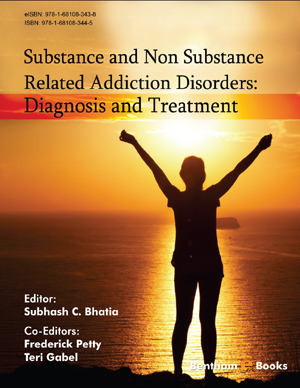Abstract
Stimulant and cocaine use disorders are major public health problems. The prevalence of these disorders is on the rise around the globe and within in the US. Often more than one stimulant is used concurrently more often in patients with other psychiatric disorders like depression. These drugs are ingested, injected, smoked or snorted. Short-term effects lasts for about 40-60 minutes for cocaine and up to 12 hours for meth amphetamine, is characterized by initial “rush”, increased energy, a general sense of wellbeing, euphoria, increased sex drive, increased self-confidence and decreased appetite, which typically lasts 40-60 minutes for cocaine and 6–12 hours for methamphetamine. Long-term use may result in psychosis and cognitive impairment. The economic, medical and societal impact of these disorders is substantial. The cost increases are due to 24 fold increase in myocardial infarction or infectious diseases like HIV and hepatitis in IV drug users, increased prevalence of psychosis and mood disorders as well as cost incurred by criminal justice system. Cognitive behavioral therapy has been extensively used for stimulant use disorders. Medication management with stimulants and anticonvulsants has shown modest improvement for relapse prevention. Contingency contracting coupled with medication management has resulted in improvement.
Keywords: Bupropion, Cocaine, “Crack”, “Crank”, Disulfiram, “Freebase”, “Meth”, Modafinil, “Speed”, Stimulants, Topiramate.


















